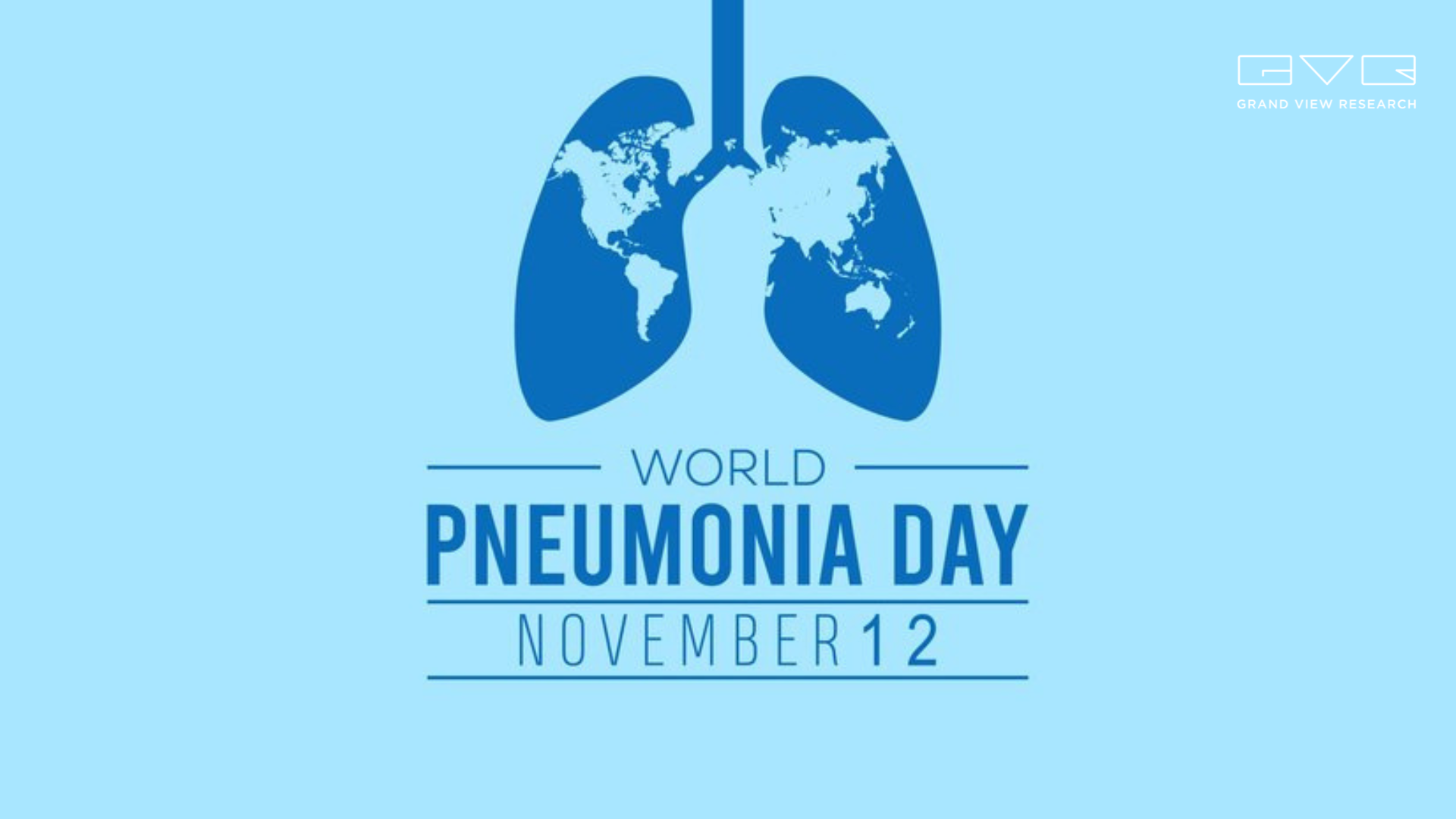World Pneumonia Day: Championing The Fight To Stop It From Spreading
World Pneumonia Day is observed on November 12th every year to spread awareness about the lethal nature of pneumonia. A common misconception in our society is that pneumonia is similar to upper respiratory tract infection (URI), also known as the common cold. However, pneumonia is quite dangerous and can be life-threatening. According to the American Lung Association, more than a million people are hospitalized each year due to pneumonia, and over fifty thousand deaths are caused by this disease. The disease is the single biggest reason for morbidity and mortality in adults.

The theme ‘championing the fight to stop pneumonia’ has been chosen this year to enlighten people on how to avoid the infection and protect their loved ones. The focus is also on increasing the use of pneumococcal vaccine, which is one of the safest ways to protect against deadly pneumonia.
Here is a list of simple yet effective ways to avoid getting affected by pneumonia:
- To reduce the chances of getting pneumonia, stay vaccinated.
Getting a flu shot every year helps avoid seasonal influenza. Since flu often leads to pneumonia, avoiding it will significantly reduce the chances of pneumonia.
- Anyone can get infected.
Although children and elderly (above 65 yo) are at a higher risk, anyone can get pneumonia. Symptoms such as fever, chills, wheezing, coughing, rapid breathing, shortness of breath, and weakness or illness must be taken seriously and treated by a professional to avoid the chances of pneumonia.
- Healthy habits will help avoid pneumonia.
Regular hand washing, healthy eating, adequate rest, consistent physical exercise, and avoiding smoking help prevent bacterial or fungal infections, which may further cause respiratory illness.
Since pneumonia is turning out to be the biggest infectious killer of senior citizens and children, to tackle the situation, the pharmaceutical market is constantly investing in researching and developing new drugs with higher efficacy.
The Fight Against Pneumonia: Pharmaceutical Market Trends
Pneumonia can be caused by almost 30 different germs, including bacterial, viral, and fungal types. The disease caused by difficult-to-treat infections eventually becomes life-threatening, which is why it is important to know the cause and type of pneumonia before treating it. For instance, hospital-acquired bacterial pneumonia (HABP) and ventilator-acquired bacterial pneumonia (VABP) are caused by Acinetobacter baumannii-calcoaceticus complex, bacteria that certainly affects adults.
The pharmaceutical and antibiotics market is rapidly working on producing drugs with higher efficacy. In May 2023, the U.S. Food and Drug Administration (FDA) approved Xacduro (sulbactam for injection) for treating HABP and VABP. The treatment was needed because, according to the World Health Organization, Acinetobacter bacteria pose the greatest threat to humankind.
“The FDA is dedicated to supporting the development of safe and effective treatment options for infections caused by difficult-to-treat bacteria like Acinetobacter baumannii-calcoaceticus complex,” said Peter Kim, M.D., M.S., director of the Division of Anti-Infectives in the FDA’s Center for Drug Evaluation and Research. “Today’s approval helps address a high unmet medical need by providing an additional treatment option for some of the sickest patients in our nation’s hospitals.”
The Fight Against Pneumonia: Can it reoccur?
As discussed above, pneumonia has different causes, resulting in multiple symptoms. Certain germs tend to mutate against drugs and can become a recurring cause of pneumonia. For instance, as per research by the National Library of Medicine, Acinetobacter has multidrug resistance power. Drugs such as penicillin, cephalosporins, and macrolides have almost no anti-Acinetobacter activity. The research further mentions that in such scenarios,‘Any external device, infected line, shunt, or drain must be removed to obtain a cure.’
With technological advancements leading the future, the Acinetobacter pneumonia therapeutics market is aggressively investing in the R&D of drugs to create a holistic treatment plan for such drug-resistant micro-organisms. A new clinical drug candidate, Zosurabalpin, has shown effectiveness against drug-resistant carbapenem-resistant Acinetobacter baumannii complex infections (CRAB) in mice with pneumonia and sepsis. As per Roche, the human study of Zosurabalpin concluded on a positive note, stating a single IV dose of 600 mg is safe and well tolerated in ICU patients.
The Fight Against Pneumonia: Role of Pneumonia Therapeutics
Pneumonia therapeutics aims to eradicate the disease-causing micro-organisms from one’s body. Intravenous fluids, oxygen therapy, antibiotics, and other breathing treatments are commonly used to help cure pneumonia. With all that medical science has achieved, the pneumonia therapeutics market has gone beyond antibiotics.
In 2022, UNICEF launched an innovative Oxygen Plant-in-a-Box solution to help children worldwide fight pneumonia. The innovation was prompted by the global oxygen shortage caused by the COVID-19 pandemic. The Oxygen Plant-in-a-Box is an end-to-end solution to produce medical oxygen in large volumes. Procuring and installing these plants is easy, and oxygen production begins within days of installation.
The Fight Against Pneumonia: Breathe Free!
As mentioned earlier, pneumonia is the biggest cause of mortality in senior citizens and children. The fight against pneumonia isn’t easy, given the rising incidence of viral and bacterial infections, such as the COVID-19 pandemic. Such infections compromise our immune systems, further causing lingering respiratory issues. However, we can win over pneumonia with proper vaccination, good hygiene, and timely treatments.
This World Pneumonia Day, pledge to take necessary precautions, educate others about the difference between the common cold and pneumonia, and help them in times of crisis. Let us be an impactful contributor in championing the fight to stop pneumonia.
To schedule a free market intelligence database demo, please complete the form below:
Service Guarantee
-
Insured Buying
This report has a service guarantee. We stand by our report quality.
-
Confidentiality
Your transaction & personal information is safe and secure.
-
Custom research service
Design an exclusive study to serve your research needs.
-
24/5 Research support
Get your queries resolved from an industry expert.